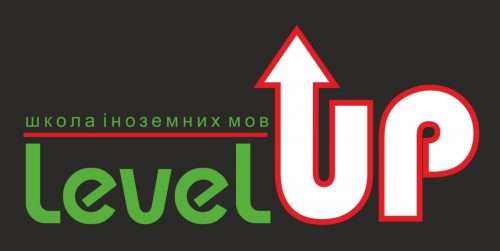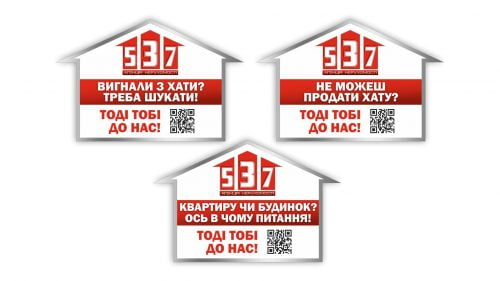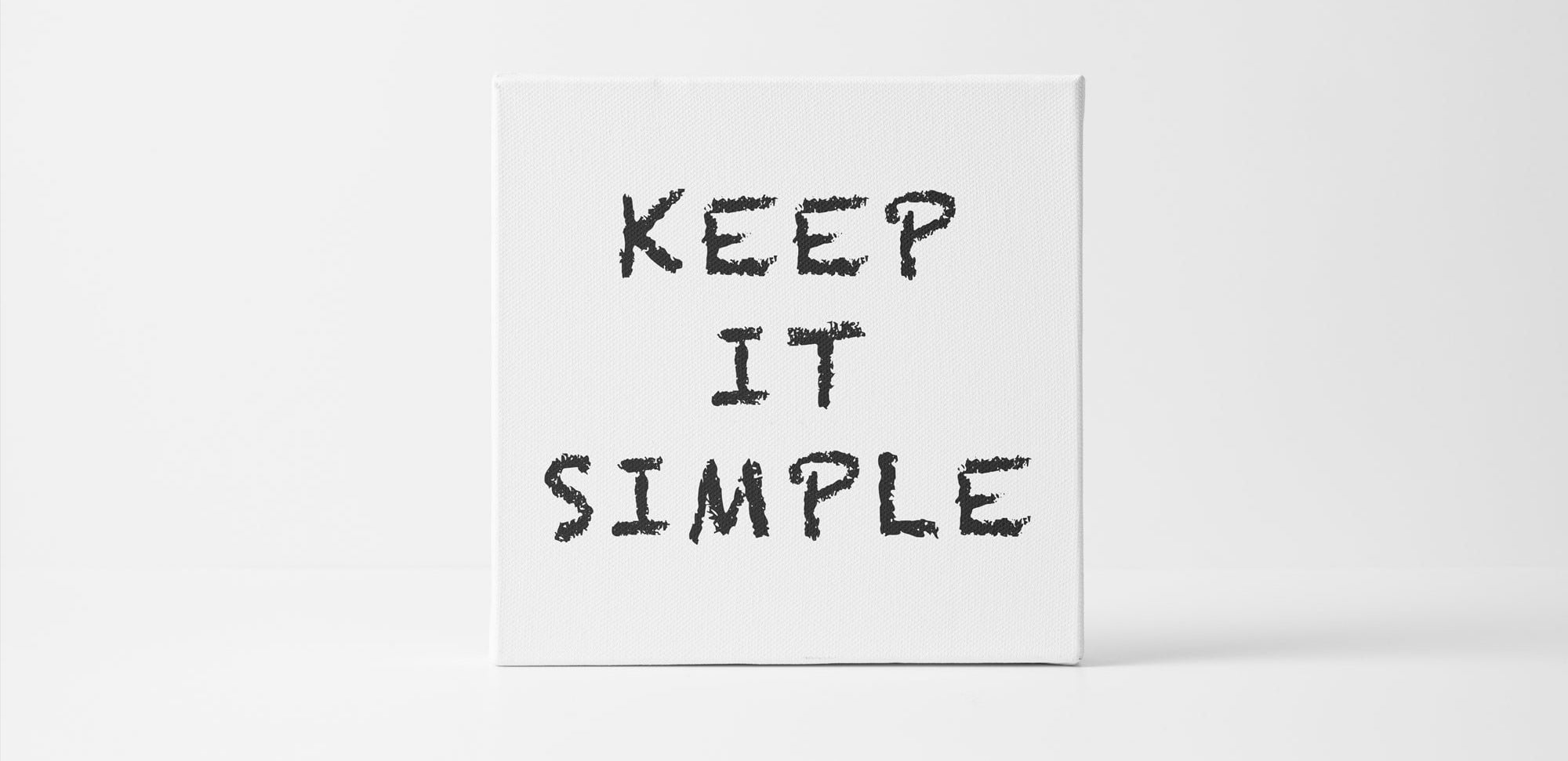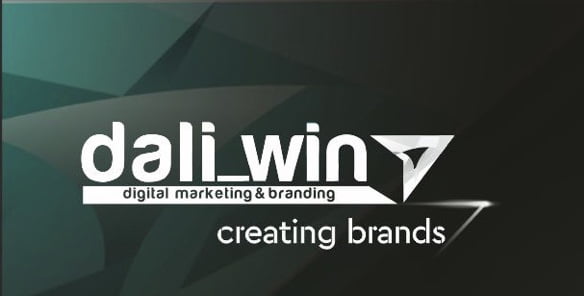Brand brand development is the work on a corporate document that contains general information about the brand, its history and main goals, rules for using graphic elements, such as profile covers, information about product consumers and features of using attributes inside and outside the company. The brand book can be in the form of a printed edition or an electronic version.
Which version to choose?
There are no specific requirements for the design of a brand book, whether it is a printed version or a web version. It can have either 100 or 10 pages. The printed version is made in the form of a book, brochure or album. Appearance is also different – from a large book with a thick cover to a small brochure. But the printed brand book will be available only in one or several copies, so the development of a web-version is necessary. It usually looks like a PDF file that can be placed on the company’s website. You can write the file to disk or flash drive, transfer it via e-mail, or upload it to Google Drive. Web brand book is the most convenient format of documents of this type.

Content and structure of the brand book
Regardless of which format you choose, the brand book must have a certain structure, because it is a strictly regulated document:
- History and ideology of the brand. Includes the goals and mission of the brand, the main areas of activity and development strategy.
- Legal part. Regulates copyright and related intellectual property rights.
- Guideline. Contains information about the visual design of the brand: brand logo, profile photos, fonts for corporate identity, colors, unique templates for social networks, slogans.
The larger the company, the larger the brand book. It may also contain additional information:
- letterheads for business documentation;
- office branding options;
- requirements for texts;
- dress code.
The brand book also makes it possible to describe the requirements for advertising, regardless of its type, for example, the main layouts of banner advertising or typical banners of appropriate sizes based on the main one.

Stages of creating a brand book
Developing a brand book, print version, or web version is a gradual combination of all available information. First, the file structure and layout are developed. Designers get acquainted with the history and goals of the brand, which is why the first part is always the company’s philosophy. A brand team of designers, copywriters and management must develop a brand book. This work is coordinated by a person who knows what the company’s corporate identity is.
The visual component (logo, color scheme, design options for posts on social networks, slogans) are the second block. And the third block – communication materials, recommendations, etc.
The next step is to make changes. Some points need to be corrected, especially if the brand book has a large volume.

Who needs a brand book?
A brand book is needed to build relationships with advertising agencies, partners and customers. This will help create a strong brand that will be recognizable and effective in its segment. Also, the presence of a brand book allows you to strengthen the corporate spirit of the company and create a strong corporate culture. This instruction will also be useful for new employees. This will save you time and reduce the inconvenience of not knowing the rules.
Most often, the brand book is used by the company’s management to develop a new development strategy. The brand book allows designers and layout designers to simplify the process of creating design layouts. The concept outlined in the book is also used by marketers to develop promotional activities.

Where to order a brand book?
Brandbook development is a purely individual decision. The best option, without a doubt, is to order a document from a marketing agency. This will help minimize the risk of delays. Also at different stages of production, the customer has the opportunity to see intermediate options and make changes.
Assigning work to your own designers is also a good option, but only if they are really professionals. This will save you money, but it will take much longer.
Freelancer – a budget option. Of course, you can find a more or less responsible performer, but in most cases, it will be just a waste of money and time










